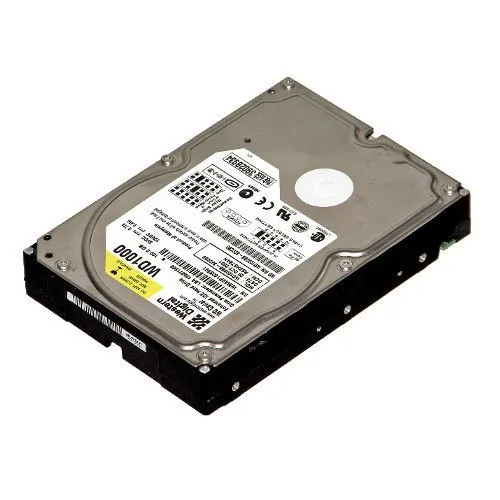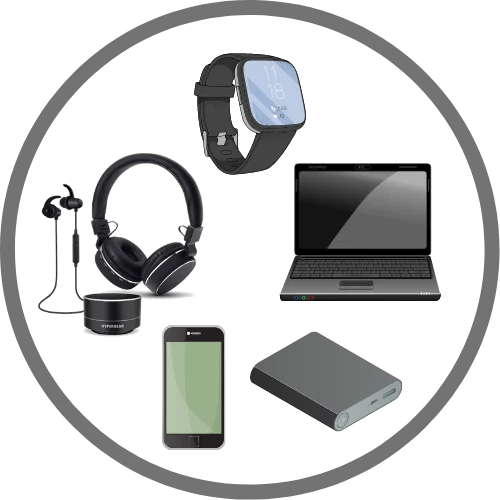What Is a Computer Hard Disk?

Computer hard disks (HDDs) are the primary storage devices on most computers. HDDs offer large amounts of data in a relatively compact space, making them ideal for backup and redundancy applications.
A hard drive stores and retrieves data by magnetizing a thin film of ferromagnetic material on both sides of the disk. Sequential changes in magnetization direction represent binary data bits, which are translated by your computer as 1s or 0s.
Storage capacity
Storage capacity on a computer hard disk refers to the amount of data it can store. It’s usually measured in megabytes (MB), gigabytes (GB) or terabytes (TB).
The size of a computer hard disk plays an important role in its performance, as its rotation speed and seek time are directly affected by its capacity. Larger drives tend to be slower than smaller ones due to larger platters and more moving parts.
Although there are various sizes of HDDs, the two most widely sold commercially are 2.5-inch and 3.5-inch (small form factor and large form factor, respectively). Due to falling flash memory prices, manufacturers have discontinued developing 1.3-inch, 1-inch and 0.85-inch form factors due to lack of moving parts.
The highest capacity hard disks currently available range in capacity from 2 terabytes or more. Unfortunately, actual storage space on these drives may be less than advertised due to operating system and file system structures as well as certain data redundancy procedures taking up part of their capacity.
Interfaces
Computer hard disks rely on interfaces to communicate with their host systems, and technology has progressed dramatically over the years.
Therefore, computer hard disks utilize three distinct interfaces: PATA (Parallel Advanced Technology Attachment), SATA (Serial ATA), and SCSI. Each is designed to address the issues related to data transfer speeds.
PATA drives, for example, utilize parallel signaling technology to transmit multiple bits of data simultaneously to the computer faster than their older counterparts.
Unfortunately, their physical design leaves them vulnerable to damage. A read/write head can crash and a disk platter may warp due to this design flaw.
Therefore, it’s essential to know which interface your drive uses and that your computer is compatible with it. You can check this by consulting the drive’s documentation or visiting its manufacturer’s website.
Design
Computer hard disks are storage media used for reading and writing data. They consist of a platter with an operating system-controlled read/write head that spins on its axis.
The drive utilizes both magnetic and optical technology to store data. The disk platter is composed of ferromagnetic material that changes direction when magnetized, creating sequential changes in magnetic polarity that represent binary data bits.
Transferring data requires the read/write head to be moved by an actuator controlled by a disk controller. The disk controller interprets commands sent by the operating system and aligns and moves the read/write head accordingly.
The controller also performs error detection and correction, bad sector remapping, as well as other internal tasks. The DSP inside the drive uses PRML and Reed-Solomon error correction to decode raw analog voltages from the read/write head before sending that data out via standard interface.
Maintenance
Hard disks are essential components of computers and businesses, serving as storage for vital data, productivity, and communication with clients. When one fails, business operations can be disrupted and significant revenue loss could occur.
Computer hard drives require regular maintenance in order to avoid failure. A variety of factors can contribute to hard drive malfunctioning, including physical and logical issues.
Logical hard drive failures are typically due to file system corruptions or other issues, which can cause your computer to crash. They may also affect the read/write speeds of a hard drive.
Physical hard drive maintenance entails regularly cleaning and repairing a hard drive as well as protecting it from overheating. This includes clearing away clutter from computer air vents and dust inside the drive.







